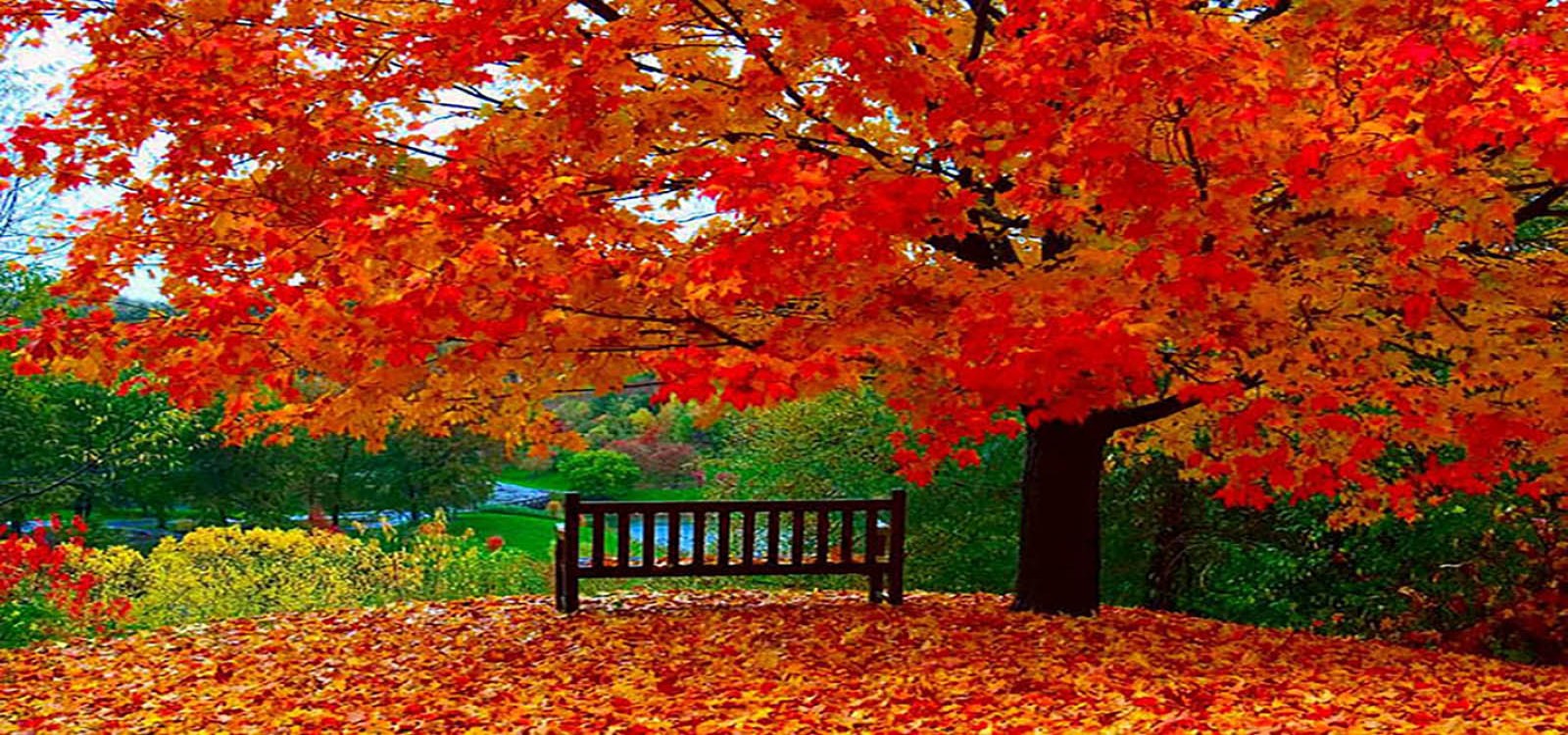
Tourism Information of Iranian Cuisine
Iranian Cuisine Due to geographical, ethnic, and climatic diversity, Iran enjoys different cuisines and a variety of food types which has influenced the neighboring regions, particularly the ones in the Middle East and Central Asia. Because of the fertile farmlands in some parts of the nation as well as the four-season climate whereof, Persian food is almost always fresh, delectable in flavor and strong in fragrance. Seemingly contradictory, however complementary, flavors, like sour and sweet, in some food types may taste exotic for the first visitors! The food is not too spicy; still, different spices and herbs are added to make the food tasty and seasoned. Persian cuisine is quite reliant on rice; that is why in most restaurants, the menus have the word ‘Chelo’ (plain-cooked rice) next to the name of many food items, like Chelo kabab (Kebab), Chelo Morgh (chicken) and various types of Khoreshts (stew) served with Chelo. Rice is also served as Polo which is not much distinct from Chelo; Polo is the rice usually cooked with meat or fish and legumes such as beans (Loobia Polo), herbs (Sabzi Polo), and fava beans (Baqali Polo), black cherries (Albalo Polo), as well as with barberries (Zereshk Polo). Bread, i.e. na’an in Persian, is another major component of Persian cuisine coming in different kinds such as Lavash, Sangak, Barbari and Taftoun the most common of which is Lavash, traditionally baked in furnaces or on flat stones. However, today modern equipment is used to bake Lavash na’ans and traditional baking methods are only practiced in some villages and remote areas. Na’ans are different baking method-, shape-, size-, and taste-wise. Like vegetables and legumes, meat plays an important role in Persian cuisine. Though lamb is more favored, poultry, especially chicken, and beef are more consumed due to their lower price and
versatility. With more than 2,398 km of coastline, fish is the staple and a common food item mostly in the north and south of Iran, fish is the staple. In such regions, various types of fish are caught and numerous dishes are served. Meat is consumed in different forms. One of the most popular methods of cooking meat is in the form of Kebab. To prepare kebab, lamb is ground and then grilled on a skewer. Finally, it is barbecued over mild fire or burning coals. Other types of Kebab have been introduced to other countries in Middle East, Turkey, and so on. Kebabs come in different forms as Shishlik, Barq, Bakhtiari, Soltani, Chenje, and Koobide. Meat is also used in Khoreshts (stew); to prepare khoresht, meat is chopped into small pieces and then cooked together with legumes, herbs, and vegetables and spices are added as well. Some of the most common types of khoreshts are QormeSabzi, Fesenjan, and different kinds of Qeimeh. Khoreshts are almost always served with rice (chelo). Khoresht is put over chelo. Dizi or Abgousht is another popular Persian dish which is found in most Persian restaurants and homes. It is a broth filled with mutton, beans, peas, potatoes, tomatoes, and onions. According to the 'Dizi' fanatics (!), serving and having Dizi is a special practice!!! In traditional restaurants or Sofrekhaneh, Dizi is served in small stone pots. An ordinary empty bowl and a masher accompany the pot. First, the broth has to be poured from the pot into the bowl. Second, na’an (Sangak or local na’ans) are chopped into the broth, fully soaked and then eaten. In the end, the solids left in the pot are mashed and eaten with or without na’an. Usually, vegetables, pickles, yoghurt, olives and salad are served together with main dish. Ash is another part of the Persian cuisine that is prepared in various forms and combinations depending on geographical location and occasion. Some of them are cooked in particular periods of year or on special occasions. Some are prepared and produced nationwide such as Ash Reshteh, Ash Shole-Qalamkar, Ash Dough, and Ash Jo. Ash can be served either as side course or the main course. Iranians are in the habit of drinking soft drinks together with their main course. Dough (a combination of yogurt, water, salt, and sometimes herbs) is the traditional drink and non-alcoholic beer is also available. Various kinds of restaurants ranging from traditional (Sofrekhaneh) to modern ones as well as fast food parlors are available in almost all cities. In traditional restaurants (Sofrekhaneh), besides usual tables, flat couches (usually wooden) and cushions are placed for convenient and relaxed sitting. In Sofrekhaneh, Persian classic music is played (sometimes live) and tea and Qalyan is served. In such restaurants, only traditional food types like Dizi, various types of Kebabs, and Khoreshts are on the menu. In modern restaurants and fast food parlors, such familiar food items as sandwiches and pizzas are served. Coffee shops are very popular among the younger generations where people not only chat and have non-alcoholic drinks but also eat.
Crafts
Museums
View More













